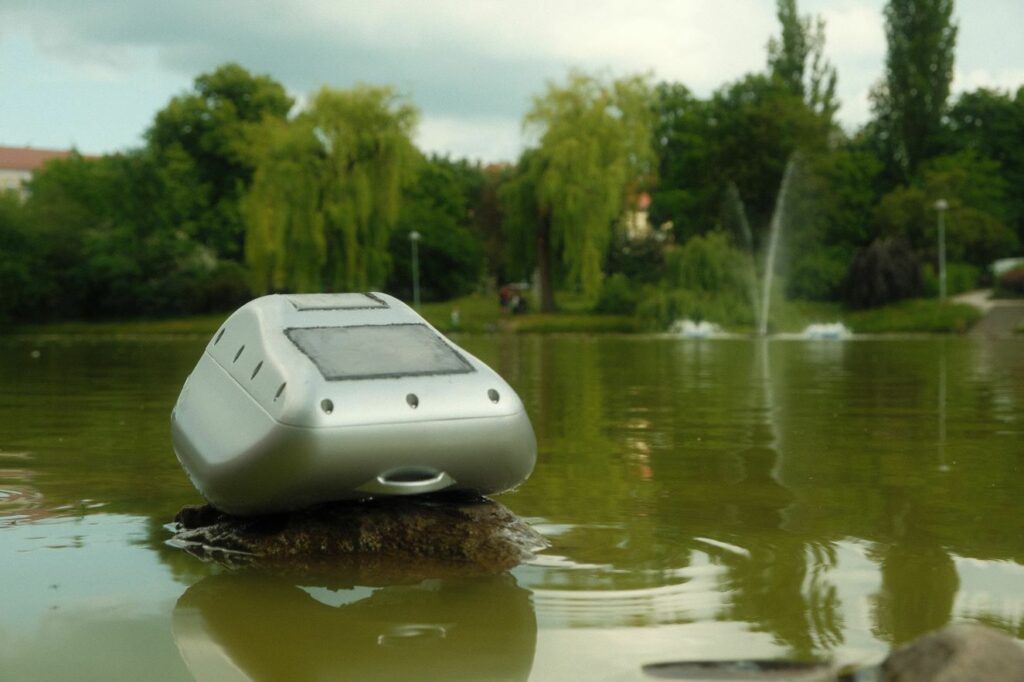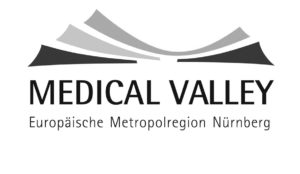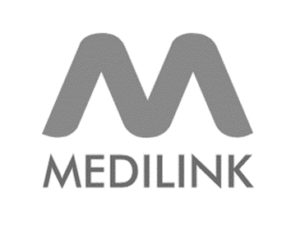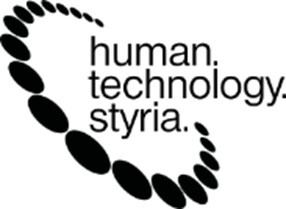Advances in environmental health technology in 2025 are being shaped by innovations in artificial intelligence, IoT, sustainability efforts, and data-driven approaches.
Key areas, developments and base technology are:
- AI and Automation
- IoT and Remote Monitoring
- Digital Twins and Data Integration
- Sustainability and Carbon Neutrality
- Enhanced Citizen Engagement
- Resilient Systems for Agencies
- Emerging Trends
Key Technological Advances
AI and Automation

Artificial intelligence (AI) is transforming environmental health by enabling predictive analytics, automating compliance tracking, and identifying risks. AI-powered tools like predictive maintenance and inspections are helping organizations proactively mitigate environmental health risks.
Machine learning is also being used to decarbonize carbon-heavy industries by analyzing real-time data to reduce emissions efficiently.
IoT and Remote Monitoring

Internet of Things (IoT) devices are increasingly used for real-time monitoring of air quality, water safety, and other environmental parameters. These systems allow for better workplace condition tracking and faster responses to environmental hazards.
Digital Twins and Data Integration

Digital twins—virtual representations of physical environments—are being adopted to simulate and manage environmental health scenarios. These models help optimize resource use and predict potential issues before they arise.
Sustainability and Carbon Neutrality

Environmental health technologies are aligning closely with sustainability goals.
Tools are being developed to help organizations achieve carbon neutrality and zero waste by integrating safety practices with environmental objectives.
Innovations in carbon capture and management technologies are also gaining traction as part of a broader effort to combat climate change.
Enhanced Citizen Engagement

Environmental health agencies are leveraging platforms, portals, and social media for better community engagement. These tools make it easier for citizens to access information about environmental risks and participate in mitigation efforts.
Resilient Systems for Agencies

Government agencies are replacing outdated systems with modern, resilient technologies designed specifically for environmental health applications. This shift enables better data management, operational efficiency, and adaptability to changing demands.
Emerging Trends

Holistic Environmental Health Strategies: Organizations are integrating environmental, health, and safety goals into unified strategies for more effective outcomes.
Microbiome Data Insights: Advances in microbiome analysis are improving our understanding of pathogen spread in built environments, aiding pandemic preparedness and public health strategies.
Quantum Computing: While still emerging, quantum computing is expected to enhance the simulation of chemical processes that could lead to new materials or methods for reducing emissions.
Conclusion
These advancements demonstrate how technology is driving significant improvements in environmental health management, sustainability efforts, and public safety in 2025.
Sources
https://www.nrep.org/blog/future-ehs-trends-and-skills-2025
https://www.weforum.org/stories/2020/06/17-predictions-for-our-world-in-2025/
https://www.verdantix.com/report/tech-roadmap-ehs-technologies-2025
https://www.linkedin.com/pulse/environmental-health-trends-watch-2025-john-dodson-fbw8c












